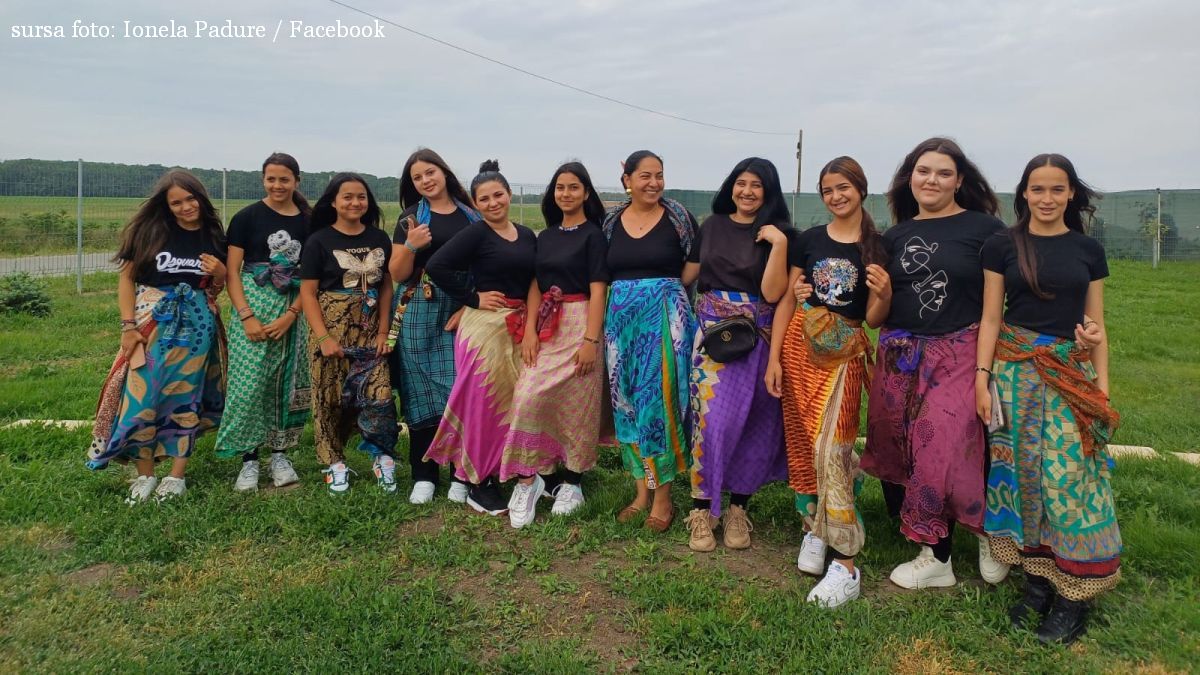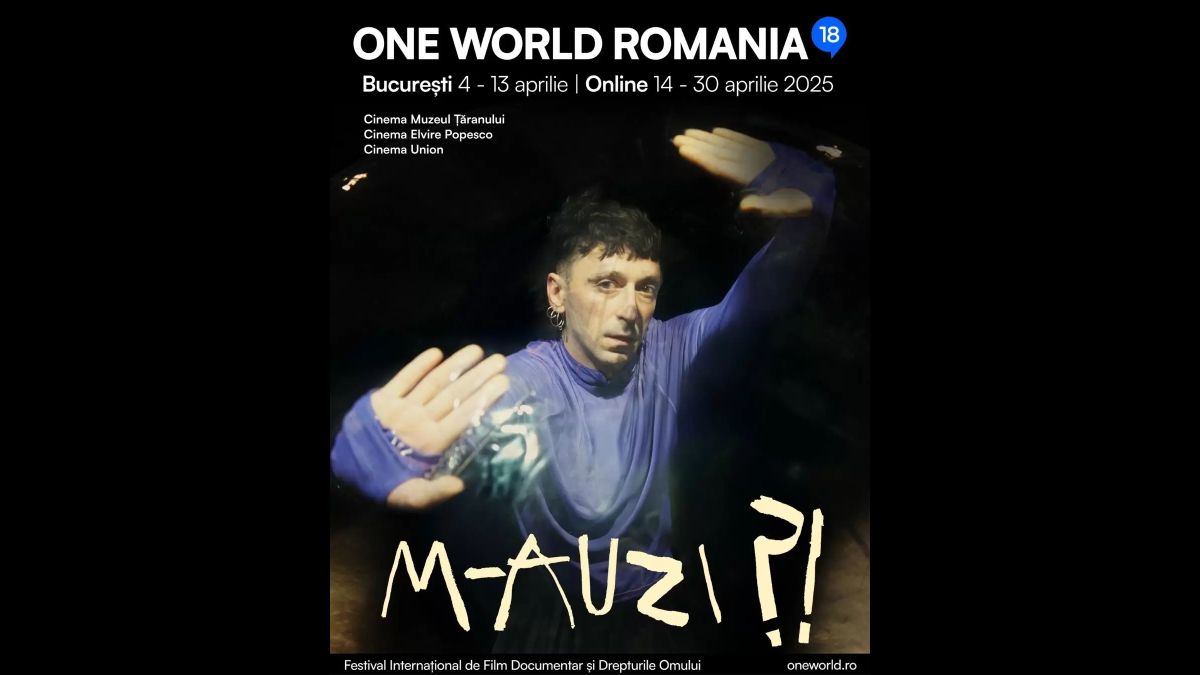The Development of Romanian Village
The contribution of Romanian agriculture to the GDP stands at only 4.6%, although the employment rate in this sector was 28% in 2014. In Romania, productivity in agriculture is three times smaller than the EU average.

România Internațional, 06.01.2016, 13:15
Food chains and local markets are poorly developed, and the selling prices of such produce are way below the manufacturing costs.
That is why many people leave their villages and move to cities or abroad, leaving behind their elderly. The poor ones live on welfare. Access to education is scarce, too, and the school dropout rate is three times higher in rural areas than in urban areas. Subsidy and semi-subsidy farms are not properly equipped and are not market-oriented. Also, they are not at all involved in cooperation activities, which would give them better access to markets. Therefore, living in Romanias villages still translates into living in poverty.
A debate has been recently held in Bucharest, titled ‘The Integrated Development of the Rural Environment in Romania, launching a national dialogue platform aimed at identifying the main means of developing the Romanian village. The Deputy Prime Minister Vasile Dancu, who is also Minister of Regional Development and Public Administration, who attended the talks, says that Romania needs a national strategy to protect its rural civilization.
Vasile Dancu: “I was born in the countryside and I grew up there where only 2% of the children manage to complete their higher education. Usually, its the foreigners who come and warn us that our traditional village is dying, that an entire civilization is dying. The problem is that we lack the ability to organize and develop on our own. Romanias joining the EU was a lethal blow to the Romanian peasant, because the EU agricultural complex came and hit us like the Soviet tanks. All of us who go back home for holidays know that very well. We have laws under which Romanian products should be present in all supermarkets, but nobody observes these laws. We have wonderful control mechanisms, but nobody observes that either. A Dutch man once told me that we own the last rural civilization in Europe, and we should protect it. Europe is trying to help us, but that falls on deaf ears.
Achim Irimescu, Minister of Agriculture and Rural Development, has talked about what the development of the Romanian village should mean, and whether its modernization would still maintain some of the traditions and simple way of living that so many of us, born in the countryside, are so familiar with.
Achim Irimescu: “Funding means modernization. But modernization is not only about maintaining the idyllic village, as I know it from when I was a boy and I would go back home on top of the hay stack carried by a wagon. Therefore, I believe that the main challenge today is to establish a real strategy for the rural areas. The problem is that, since the 1990s, there have been many strategies, but none of them able to provide what we really want. Lots of funding might lead us to European effectiveness and performance, and at the same time drive us away from the village that we are imagining or dreaming about. We need rural infrastructure, which means 4 wheel-drive, tractors, no more horses, therefore no more horse-driven sleighs in the winter, a dying biodiversity…It is true that everybody wants a better life, but this will take us away from the village that we are trying now to preserve.
Theres something else Romanian villages are facing, the youngsters migration to other countries or to towns across Romania. A meager 6% of the total number of farmers are young people. That is why, through the National Rural Development Program 2013-2020, young people who want to become farmers can receive up to 50,000 Euro worth of non-reimbursable funding. So far, non-reimbursable funding has went to some 10,000 youngsters in rural regions and as of this year, their number is expected to grow. Achim Irimescu once again.
Achim Irimescu: In my village, there are only 1,500 people left, out of a total number of 3,000 people. The best of them went abroad for better wages. The village is dying. Fortunately, things are not the same all over Romania. I have very serious doubts if we can succeed to preserve the village just the way we want. I made a lot of investments focusing on rural development worth 8 billion, added to which is the 1.5 billion earmarked through the SAPARD programme. If you travel across the country, you will see a lot of buildings erected with European money, which are padlocked. So, are we investing adequately or not? I have my own doubts about it. How can we, the Romanians, succeed in preserving a village, which should also be modern, at once retaining the Romanian identity of the Romanian village as well… No one wants the peasant to indulge in that kind of inertia, using the ox cart on a daily basis, many years onwards. We raised the sum to 50 thousand euros for youngsters, but I dont know how many young people will be able to use the money appropriately. If I went to rural areas and gave this sum of money to the first person that crosses my path, I dont know if she or he knew how to use the money. “
The National Rural Development Program is the tool by means of which European non-reimbursable funds are earmarked for public and private investments, in order to provide the development of Romanian villages. So far, Romania has benefited from three such programmes, each of them seven-years long. More than 85, 000 farmers, local entrepreneurs and public authorities have so far benefited from European non-reimbursable funds accounting for some 9 million euros, through the National Rural Development Program over 2007-2013. Also, important investments through non-reimbursable funds have been made by farms and processors. More than 4,600 integrated farming crops have been modernized or founded using European funds. Furthermore, over 5,500 entrepreneurs have succeeded in setting up their own business using European funds. And, last but not the least, through the National Rural Development Program more than 4,400 projects of the local authorities have been financed.
However, Romania will have to reimburse to the European Commission at least 800 million Euro of the rural development funds, which have not been used. The new 2014-2020 National Rural Development Program for the development of agriculture includes 14 financing measures and total funding standing at 9.363 billion Euro, of which more than 8 billion comes from European funds, while the national contribution accounts for the remaining 1.347 billion Euro.






























